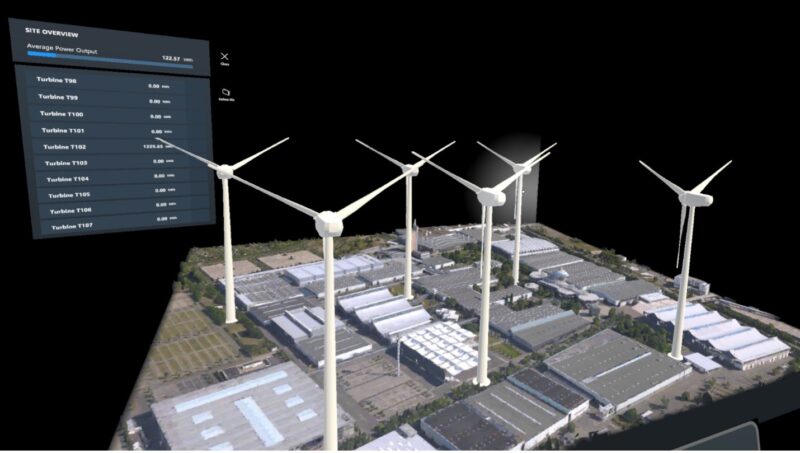The industrial metaverse is a concept which is getting a lot of media attention right now. But what is it and how can it be built in an open, scalable way?
Metaverse is not a new concept. It was around for years but got significant traction in recent months due to large corporations investing in it. At its core, it is a computer generated, virtual 3D space where real people can collaborate with one another using proxies or “avatars” representing their presence in the space.
The industrial metaverse is a special kind of virtual space focused on an industrial process where machines and humans collaborate to complete a task in the most efficient way possible. Often, this task is a manufacturing task. The real innovative part is in a traditional manufacturing facility; the humans need to be physically present, while in a manufacturing facility leveraging the industrial metaverse, the humans (or some of the humans) no longer need to be physically present. This has several advantages, for example, the safety of humans can be guaranteed and their health improved.
There are two types of industrial metaverse interfaces for humans. One is based on Virtual Reality (VR) technology where the human only sees the virtual space. The other one is based on Augmented Reality (AR) where the human can see both the real-world he or she is in, as well as the virtual space, at the same time. Both types have their own advantages and drawbacks and therefore both also have their own unique use-cases.
Below is a selection of industrial metaverse use-cases:
- Immersive condition monitoring of a physical assets where a human can walk around an accurate, virtual representation of a physical asset and view its condition/state without the need to travel to the physical location of the asset
- Remote assisted maintenance of assets where a remote asset expert assists a human at the physical location of the asset with a difficult maintenance task, wearing an industrial metaverse interface
- Production step and simulation environment training scenarios using the industrial metaverse in a safe and controlled environment. This use-case is especially relevant in hazardous environments to increase human safety. Haptics can also be simulated to improve realism.
- Industrial logistics planning and execution. For example, a forklift driver wears a head-up display guiding him or her about where to drive next to reduce the cognitive load on driver and make him or her context-aware.
- Human process production interaction using wearables to simplify production processes, for example additional information about what the worker needs to do is displayed in the industrial metaverse to avoid mistakes
All the above use-cases require a significant amount of data to function properly, especially from the industrial assets the human is interacting with, in the virtual space. This data is often bundled in so-called digital twins representing the physical asset. Physical machines have adopted the industrial interoperability standard OPC UA for their operational digital twin.
This is why the Digital Twin Consortium and the OPC Foundation have joined forces in building industrial metaverse reference applications, leveraging OPC UA as the digital twin of the physical assets which are then represented in virtual space for interaction with humans.
As a first application, the OPC Foundation contributed an industrial metaverse reference application on GitHub, built with Unity, and representing a wind park. In this application, the individual wind turbines are simulated and OPC UA data from the simulated assets is sent to the Unity application using the Digital Twin Consortium’s manufacturing ontologies reference architecture.
Below is a screenshot of the application:
The sources of the reference application can be found at https://github.com/OPCFoundation/UA-CloudMetaverse. The use-case implemented in the application is the immersive condition monitoring use-case mentioned above, but with simulated wind turbine assets instead of real ones.
The OPC Foundation has also started an industrial metaverse working group to further advance the use of OPC UA within industrial metaverse applications and the VDMA, Rockwell Automation, SIEMENS, Mitsubishi Electric, Honeywell, Beckhoff, Yokogawa, Schneider Electric, and Microsoft are already participating.
–Erich Barnstedt, Microsoft
